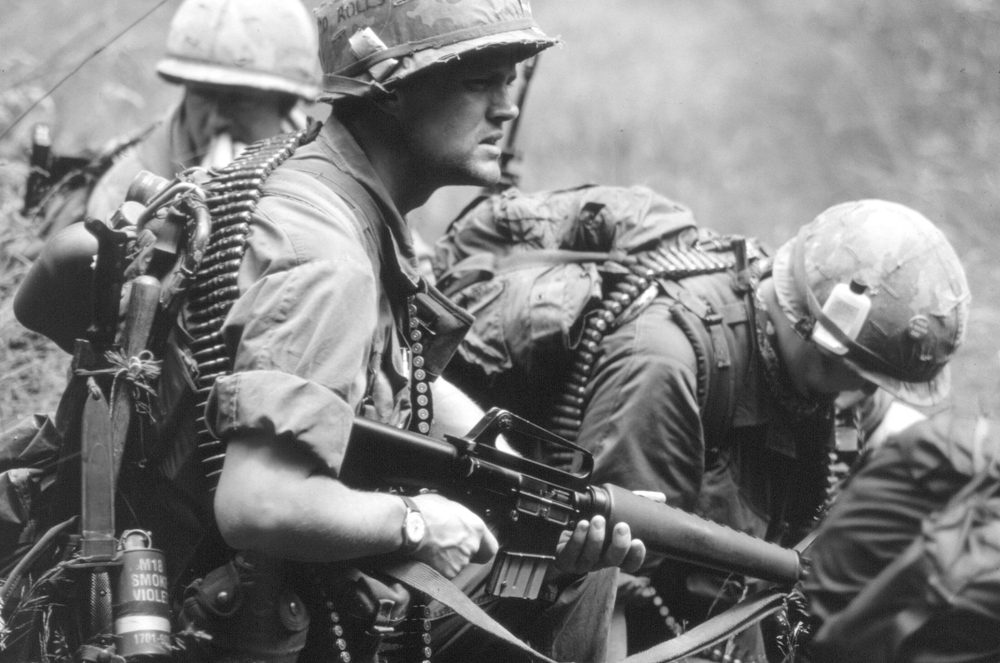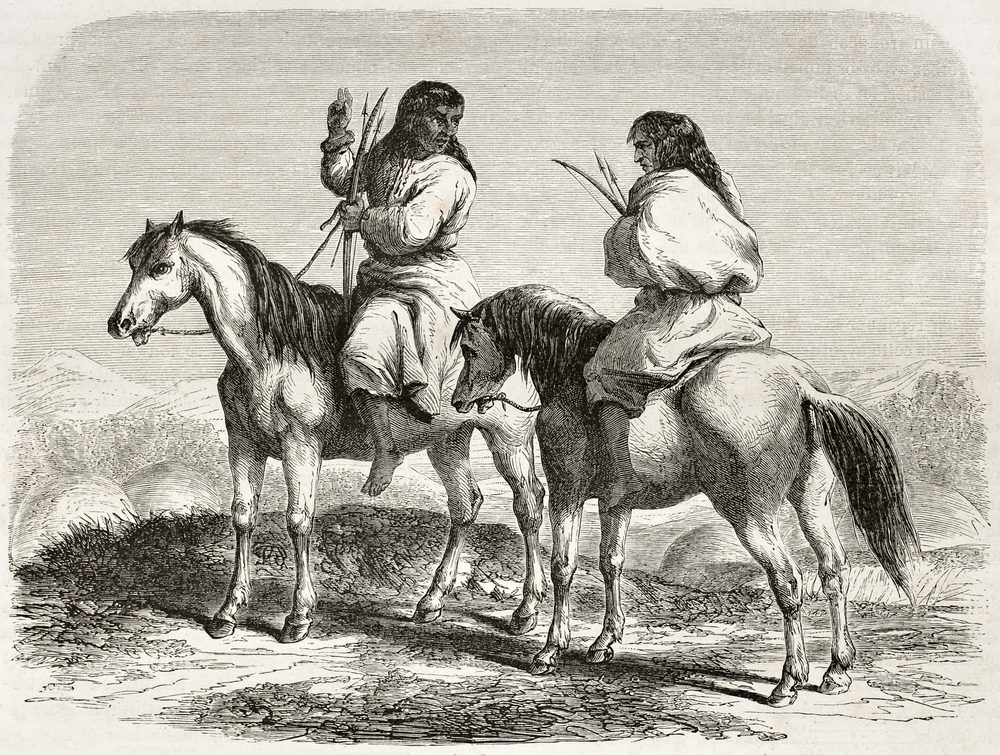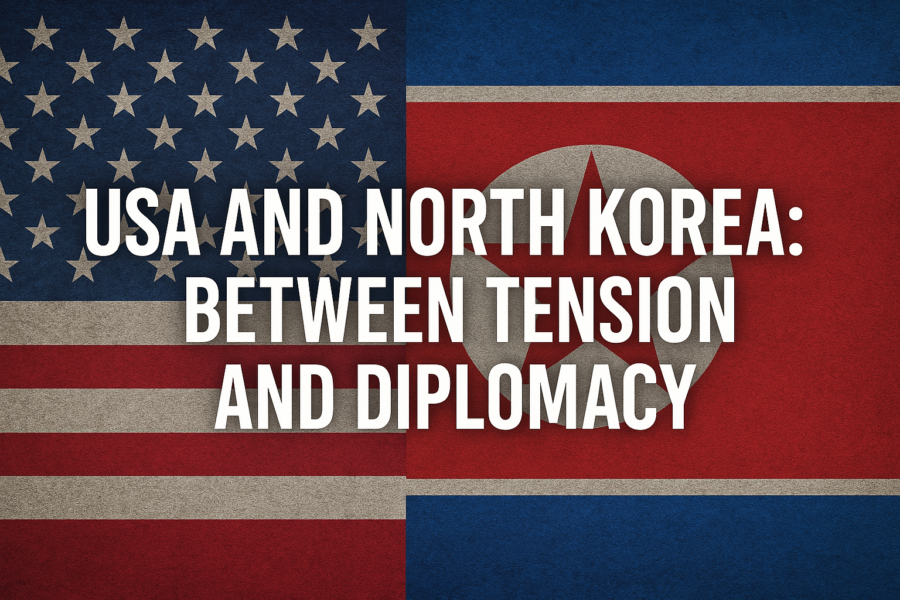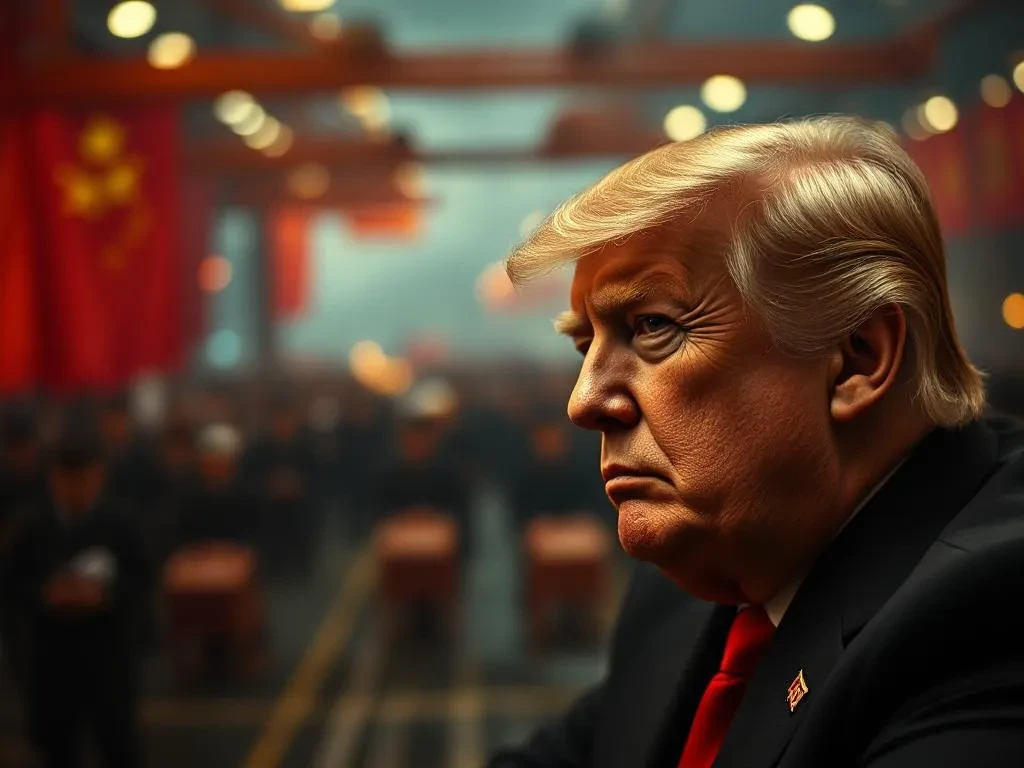Which do YOU think was the longest war in history?
As far as statistics go, this is a rather troubling one. Since 1776, the US has been at war 93% of the time, meaning that out of the 244 years our country has been in existence, we have been in one war or another for 227 years, which sadly means we have only known peace for a mere 17 years in our history.
With our war in Afghanistan reaching the unwanted milestone of 20 years, the longest conflict in US history, President Biden’s has finally made the decision to pull the troops out and bring them home.
And while the failed landing operation on the southwestern coast of Cuba in 1961, known as the infamous Bay of Pigs Invasion, only lasted 3 days, we wondered which other conflicts in our history of conflicts lasted the longest?
Here we are going to go through the longest wars we have fought, some will be more than familiar and others you’ll have never even heard of.
Whether it’s fighting for freedom, new lands or pushing back against the spread of communism, here are the 10 longest conflicts in US history.

Vietnam War 1955 – 1975
19 years, 5 months
There are few wars in American history that were more protracted, violent, and complex as the Vietnam War, and even fewer still that have left such an indelible scar on the collective consciousness of the nation.
The war was fought between the North Vietnamese and the South Vietnamese throughout the 1950s, 1960s, and 1970s, however, the conflict didn’t truly escalate until the 60s when the North gained the support of communist allies, including the Soviet Union and China.
We, in turn, would support the South, and although the Korean War in the 50s was considered the opening salvo in the ever-growing Cold War, the battle between their south-western neighbors in Vietnam would be the first major proxy war between the post-WWII superpowers of the United States and the Soviet Union.
Since the end of hostiles in WWII, successive American governments had adopted a policy of containment against the expansion of communism and its conflicting ideology.
This containment policy is often referred to as the Truman Doctrine as it was President Harry S. Truman who argued that the United States should do everything in its power to prevent the global spread of Soviet Communism.
To say the war in Vietnam bitterly divided Americans, would be a massive understatement, especially with the introduction of the draft.
With More than 3 million people (including over 58,000 Americans) dead and five presidents later, American involvement in the conflict would finally come to an end when president number 6, one Gerald R. Ford, announced that the Vietnam Era had ended on May 7, 1975.
Moro Rebellion 1899 – 1913
14 years
From one of the most famous wars in US history to one of our more obscure engagements, the Moro Rebellion, a conflict that would result in the total annexation of the Philippine Islands from Muslim-majority ethnic groups and America’s first experience of Muslim martyrdom, through jihad and suicide attacks.
The 13 Islamized ethnolinguistic groups of Mindanao, Sulu, and Palawan, native to the region known as the Bangsamoro, had a 400-year history of resisting foreign rule.
The Moro people had already spent centuries fighting off Spanish conquest, that was until the defeat of Spain in the Spanish–American War (which only lasted 3 months, 3 weeks and 2 days) and they ceded to the United States administration of the Philippine archipelago, which included Sulu and Mindanao, by the 1898 Treaty of Paris.
The Muslim Filipinos were under the false assumption that once hostilities between themselves and the Spanish had finally ended that the Americans would allow them to self govern, this was far from the case.
They would of course resist, loosely organized around the Sultan of Sulu, using what was called ‘Juramentado’.
This form of attack would be one we would become unfortunately familiar with in the intervening years, where a lone male Moro swordsman would attack trying to maximize causalities knowing full well they would be killed.
President Roosevelt declared victory in the Philippine-American War on July 4, 1902, however, the conflict would be far from over for the people in the south.
It would take the installation of three provincial military governors, the last being John J. Pershing who brought about the disarmament of the Filipinos in the Moro Province.
Americans suffered losses amounting to 130 killed and 323 wounded, with another 500 or so dying due to disease.
The Moro numbers are hard to define but we do know the casualty figures are high as, stated before, surrender was uncommon when Moros were engaged in combat.

Northwest Indian War 1785 – 1795
10 years
Considered the first war of what would be known as the United States Indian Wars, the Northwest Indian War would see United States forces, along with its Native Chickasaw and Choctaw allies, pitted against a confederation of numerous other Native American tribes known as the Northwestern Confederacy and their British allies for control of the Northwest Territory.
Despite the signing of the Treaty of Paris, which effectively ended the American Revolutionary War, the British maintained a military presence in their forts in the Northwest Territory and continued policies that supported the Native Americans, even though the area had been ceded to the United States.
President George Washington would direct the United States Army to enforce US sovereignty over the territory, however, using the term ‘army’ is generous at best.
The group consisting mostly of untrained recruits and volunteer militiamen who would suffer major defeats at the hands of their more warrior-like opponents, such as in the Harmar Campaign (1790) and St. Clair’s Defeat (1791), where they lost around 1,000 soldiers and militiamen, far more than the other side.
The following year would see General “Mad” Anthony Wayne take control of the army and shape it into a more coherent fighting force.
This would quickly lead to a change in fortune for the American forces, and a subsequent victory at the Battle of Fallen Timbers near the southwestern shore of Lake Erie in 1794 would solidify US sovereignty in the region once and for all and force the withdrawal of the British.
The establishment of Fort Wayne at the Miami capital of Kekionga would come to be seen as a symbol of that sovereignty in the heart of Indian Country.
Iraq War 2003 – 2011
8 years, 9 months
Whether the rationale was searching for weapons of mass destruction or the accusation that they were harboring and supporting al-Qaeda, justification for the invasion of Iraq is still a hotly debated subject even today.
But it all started with a United States-led coalition overthrowing the government of former US ally Saddam Hussein.
The “shock and awe” bombing campaign and the coalition forces sweeping through the country would make quick and light work of the Iraqi forces, however, sadly this was only the beginning of a long and protracted conflict.
After the swift and decisive defeat of Saddam Hussein and his Revolutionary Guard, a power vacuum would form, coupled with the colossal mismanagement by the Coalition Provisional Authority, this would lead to widespread civil war between Shias and Sunnis, as well as a lengthy insurgency against coalition forces supported by Iran and al-Qaeda in Iraq.
After Iraq held multi-party elections in 2005 and installed Nouri al-Maliki as Prime Minister in 2006, the policies his government enacted would alienate the country’s previously dominant Sunni minority and worsening sectarian tensions.
The following year would see a massive build-up of 170,000 U.S. troops, described by then-President George W. Bush as “The New Way Forward” in an effort to give greater control to Iraq’s government and military.
To make matters worse, the following years would see the formation of the Islamic State of Iraq (ISIL), which would drive Iraqi security forces out of key cities in its Western Iraq offensive, followed by its capture of Mosul, the Sinjar massacre and proclaiming itself a worldwide caliphate.
This would lead the United States and its allies to Operation Inherent Resolve, which would prove to be the final major military operation of the War in Iraq.
The United States occupation of Iraq would officially come to an end in January 2020 when the Iraqi parliament voted for all foreign troops to leave the country, thus ending its standing agreement with the United States to station 5,200 soldiers in the country.

American Revolutionary War 1775 – 1783
8 years, 5 months
The American Revolutionary War, the Revolutionary War, the American War of Independence, whichever name you use, it still remains one of the foundational elements of our country and one that every schoolboy and schoolgirl in America is at least mildly familiar with.
Just to refresh your school days memory, from their founding in the 1600s, the colonies were, for the most part, left to govern themselves. Until, of course, they weren’t.
The British were left counting the cost, both literally and figuratively, of their recent conflicts, the 1754 to 1763 French and Indian War and 1756 to 1763 Seven Years’ War.
So they were looking to replenish their coffers by implementing the wildly unpopular tax laws, the Stamp Act and Townshend Acts.
This would culminate in the 1770 Boston Massacre and 1773 Boston Tea Party, widespread opposition to British rule would only grow stronger from there.
Initial fighting would break out on 19 April 1775 when a group of Massachusetts militia at Lexington and Concord destroyed colonial Assembly powder stores at the British garrison at Boston.
Just two months later, the Second Continental Congress would appoint George Washington to create a Continental Army to capture Boston from the British.
In a final attempt to avoid all-out war, King George III and the British Parliament were sent the Olive Branch Petition, a petition for peace they promptly ignored.
In response to this rebuff, Congress unanimously passed the Declaration of Independence in July 1776 soon driving the British out of Boston.
The Patriots would soon sign two treaties with France in February 1778, one commercial and the other creating the Franco-American alliance, and although Spain didn’t directly sign an alliance with Congress, they had already signed an agreement with France to support them in their war against the British Empire.
After defeats at the Battle of Kings Mountain and the Battle of Cowpens, the British would retreat to Yorktown spelling the end of British rule as they were soon besieged by an allied French and American force and routed.
Knowing it was now an impossible fight, having neither the finances nor the will to carry on the war, George III agreed to American independence.
The Treaty of Paris was signed between Great Britain and the United States on September 3, 1783, thus ending the war and giving birth to a nation that would come to dominate the globe.
Psst…Amazon has a fascinating visual book on the American Revolution we think you’ll appreciate!
RELATED POST: 5 Devastating Proxy Wars Fought Between the US And the USSR







